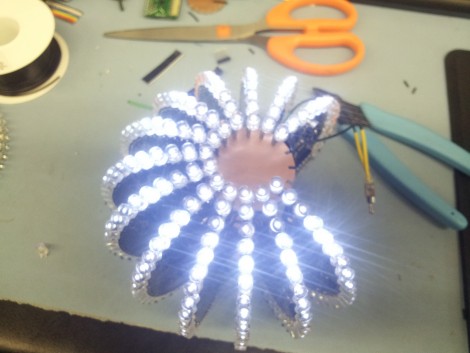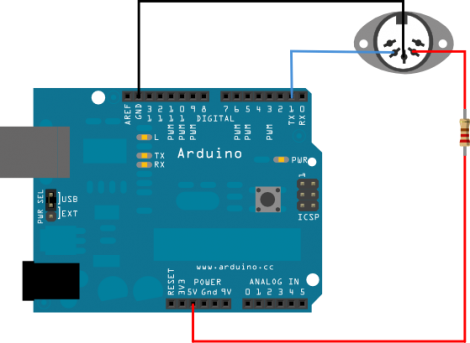
[Shawn McCombs] has been spending some time refining his Xbox 360 rapid fire hack. This time around he’s got a lot more features, many of which we haven’t really seen before.
When we looked at the original project he had added an ATtiny85 which read a potentiometer to set the rapid fire speed for one of the buttons. This time around he’s opened up settings for individual weapons in the game. For instance, if you have a hand-gun and a rifle, you can set different rapid fire rates for each to account for the reload speed for those guns. He patched into the ring of LEDs on the controller in order to indicate which preset is currently chosen. There are three tactile switches on the underside of the controller too. One of them is a reset button which gets you back to your primary weapon and the default rapid fire rate. Settings for each weapon are saved to the EEPROM so you won’t lose them when the controller goes to sleep. Check out [Shawn’s] description of the project in the video after the break.
Continue reading “Rapid Fire Update Brings Many New Features”
















